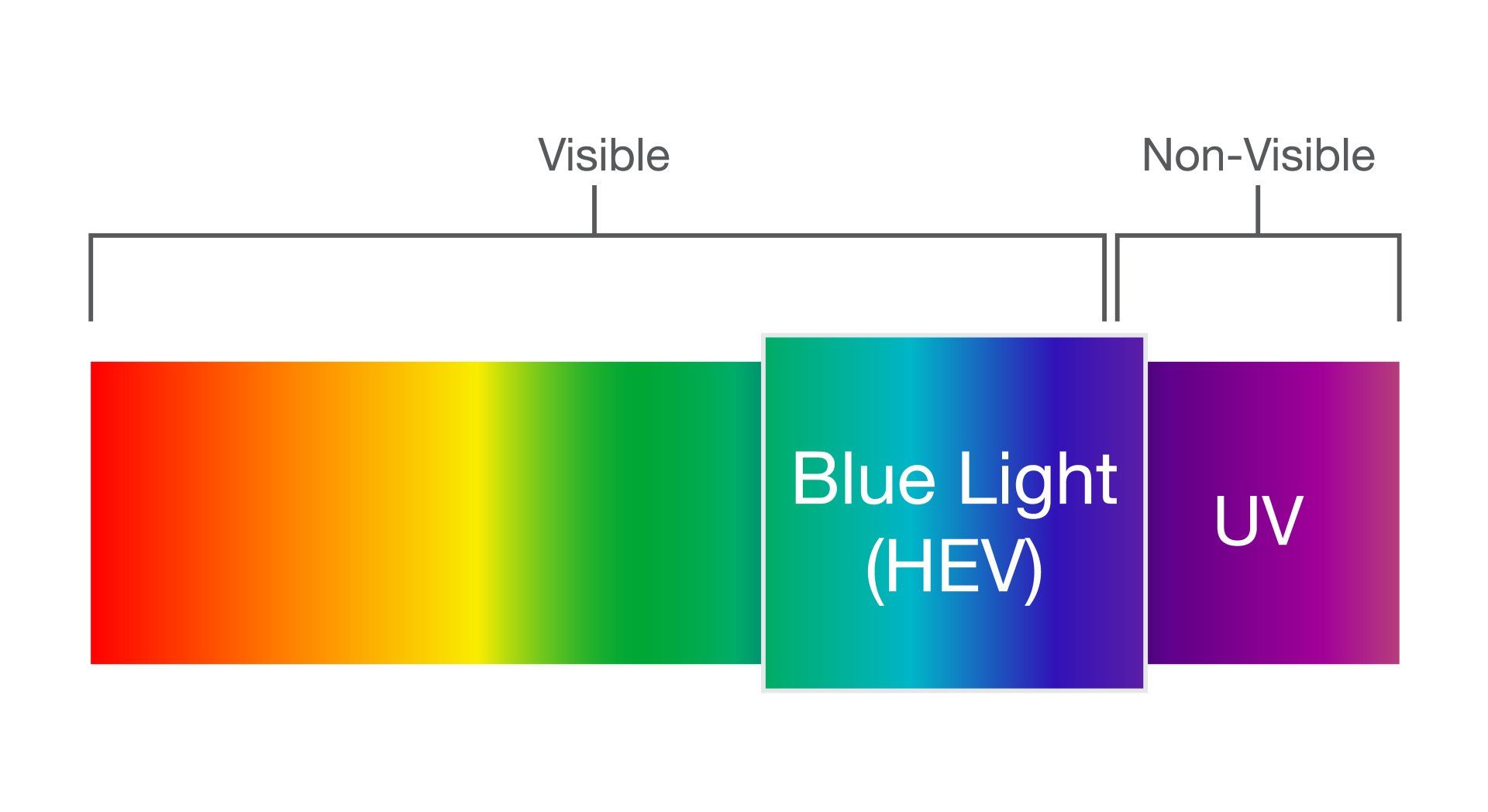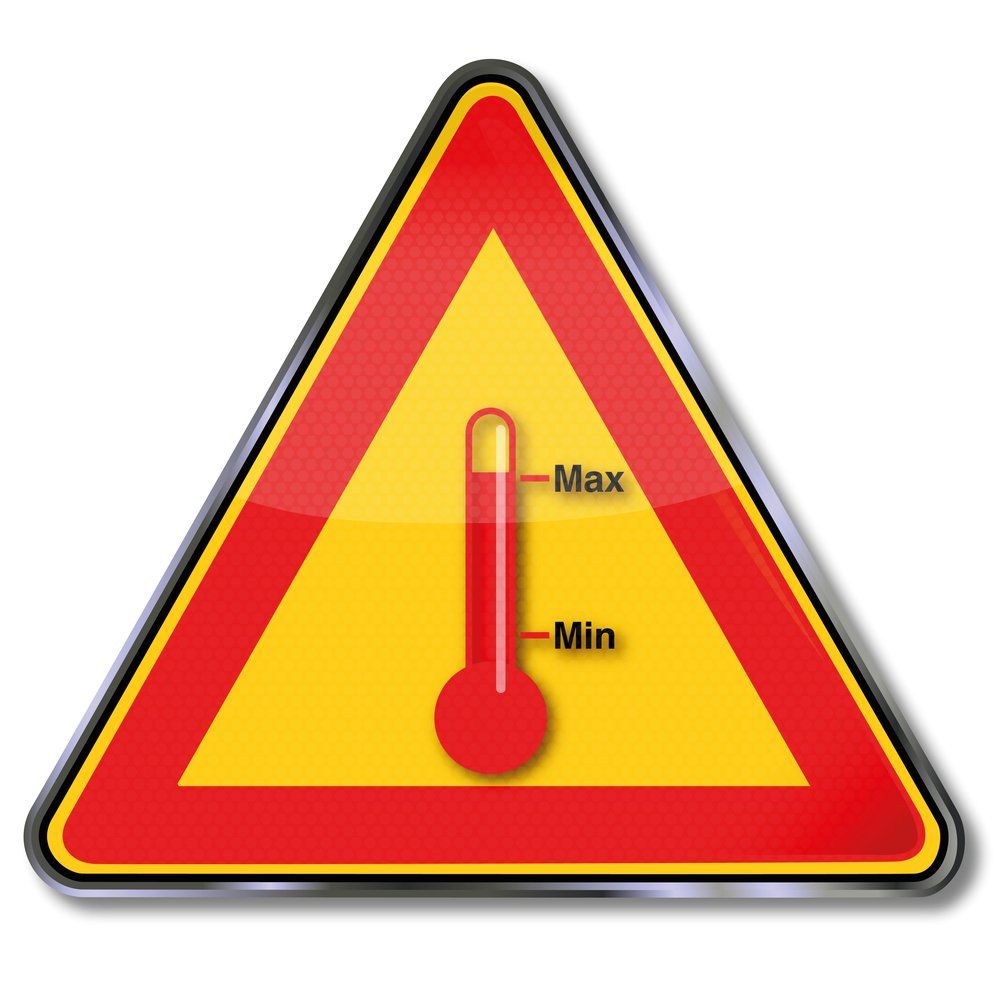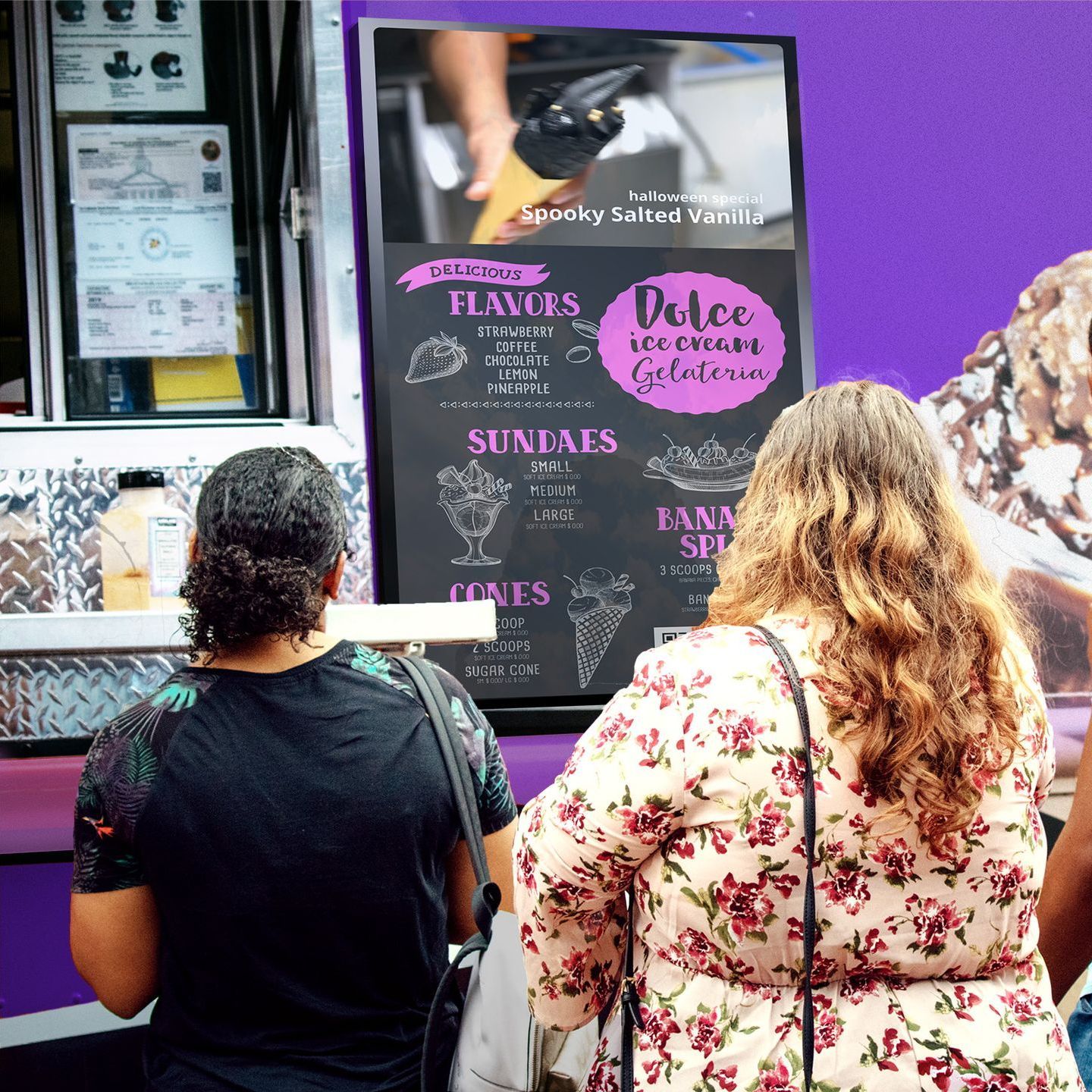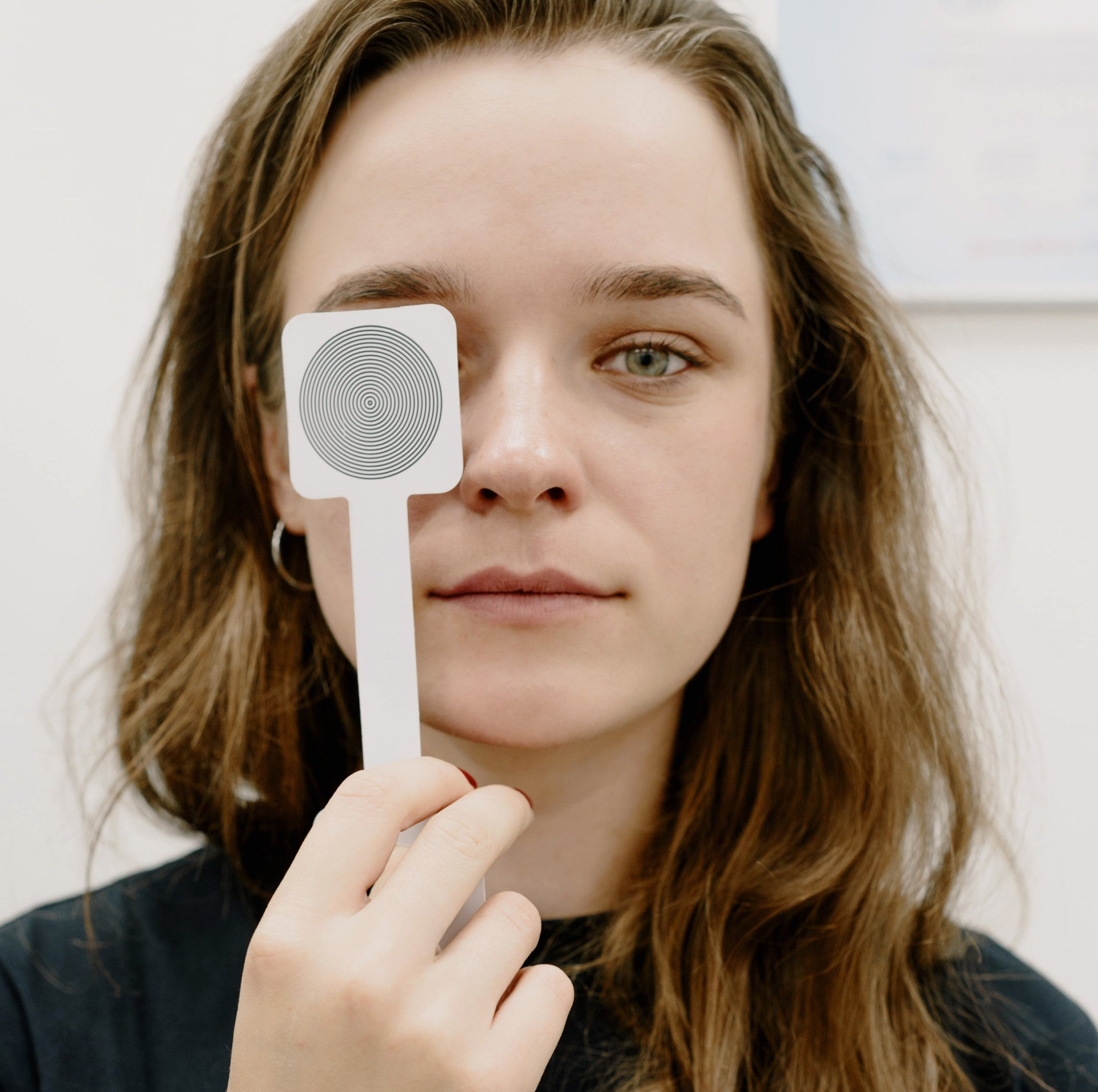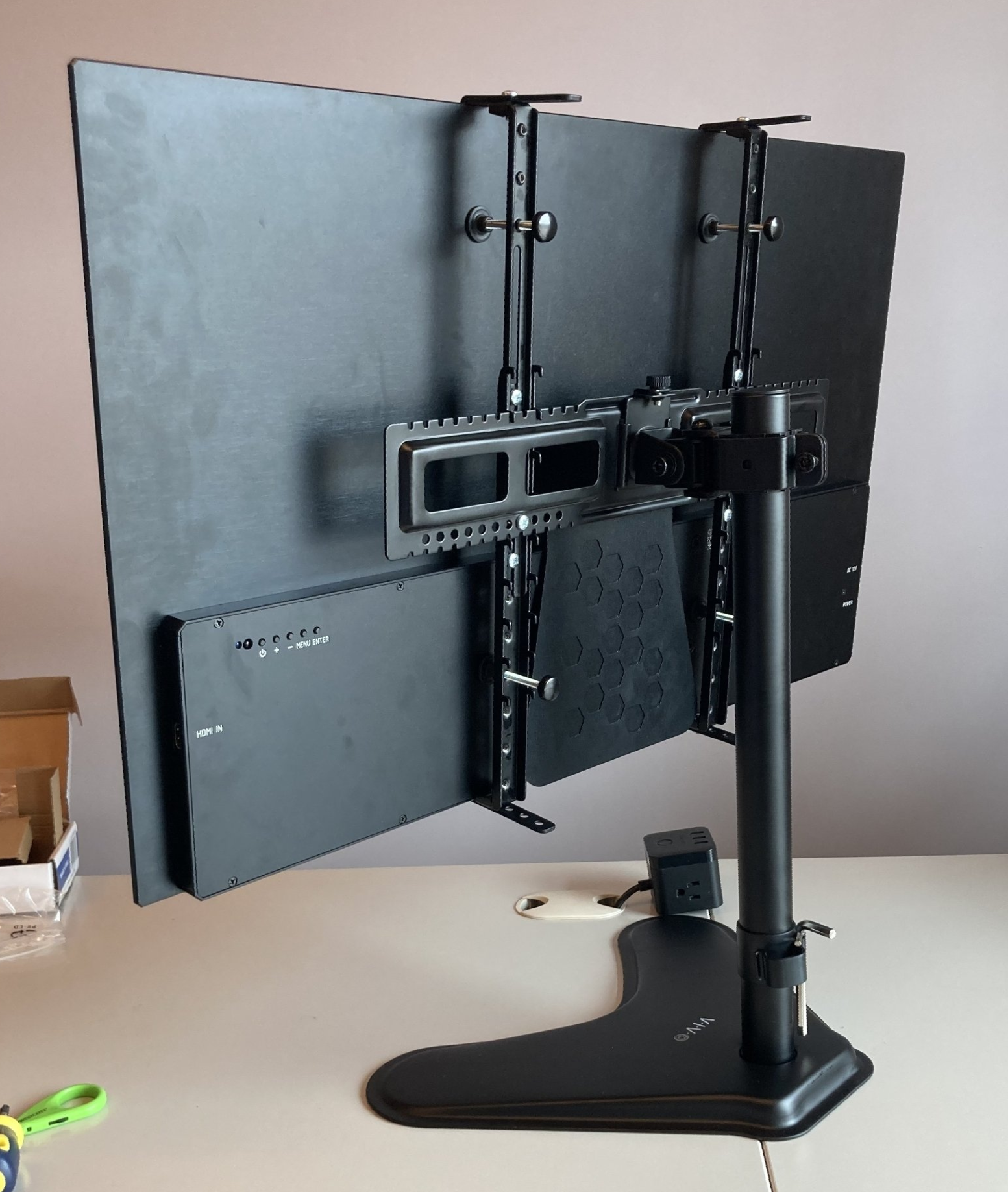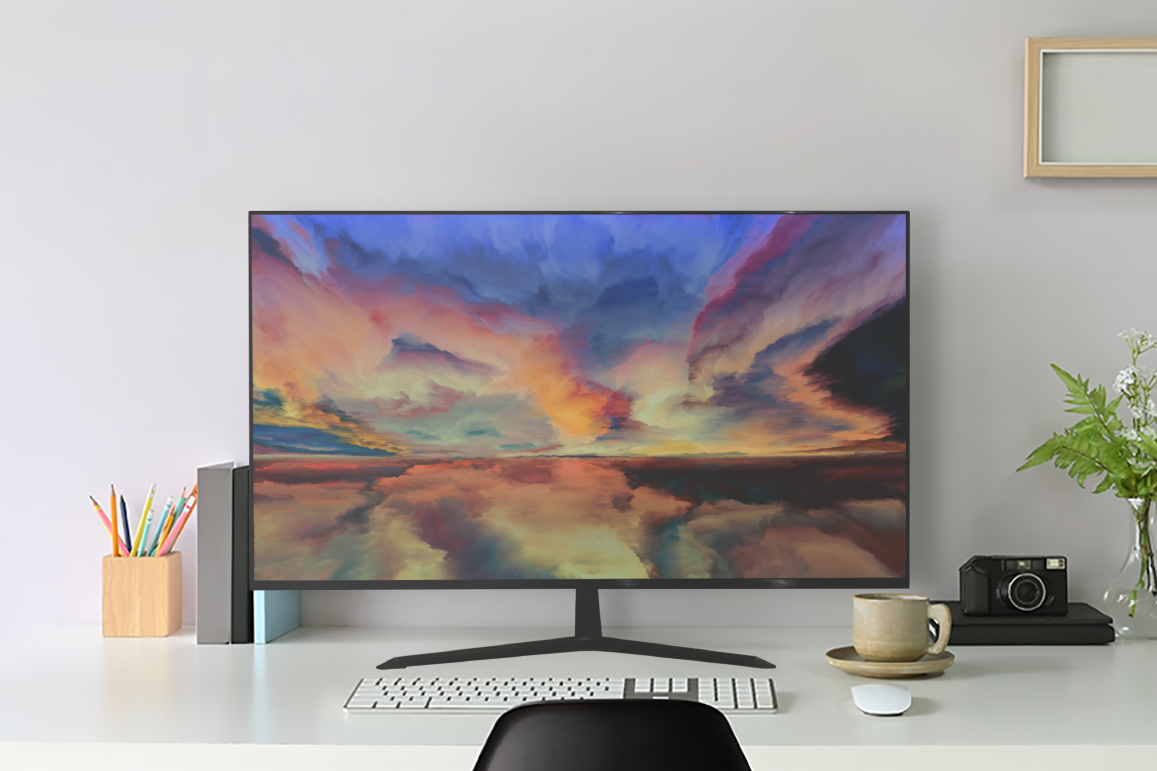As the advertising world continues its transition from printed to digital signage, one thing is clear -- the displays only seem to be getting brighter and brighter. Why? Is it because advertisers are crazed with the idea of shattering old brightness records? Are we all somehow sold on the idea that “bigger and brighter is always better?” Or, can we attribute this trend to prices decreasing as tech production is made more efficient? No doubt, these factors aren’t irrelevant.
While such technology is indeed becoming cheaper, bigger, brighter, and better, perhaps it opens the door for advertisers to get what they’ve wanted all along -- the most brightness for their buck. Why? Because the brighter the display, the better it can be seen. The better it competes with the sun’s brightness (and the myriad other competing light sources). In the digital world, more brightness equals more visibility. In the
advertising
world, more visibility equals more dollar-earning potential.
No one wants to look at a dim sign, much less pay to advertise on one. The surest way to avoid disappointment among involved parties is to keep cranking up the brightness. But, what ramifications come from
high-brightness displays
being so commonplace and so intense? For starters, let’s talk about blue light.
1. Excessive Blue Light
We often hear about blue light being a problem, but what exactly is blue light? Unlike sunlight, which contains a combination of red, orange, yellow, green, and blue light (plus many variations of these), digital displays primarily emit blue light. Blue light can cause eye strain and other eye-related problems over time.
About ⅓ of all light that reaches our eyes is blue light (and high-energy light). Though the sun is what exposes us to the
most blue light, a lot of man-made blue light sources subject us to exposure as well, such as digital displays. While the amount of blue light emitted by these displays is only a fraction of what we get from the sun, we
do spend an awful lot of time in front of these devices. That frequent exposure has been known to cause damage to the retina and contribute to AMD (adult macular degeneration). So essentially, a display that boasts greater brightness is a display that boasts more of this problem.
Look at the comparison: A standard TV is roughly 200 nits in brightness, while many outdoor displays range anywhere from 5000 to 8000 nits. As the brightness of the display increases, so does the amount of high-energy blue light that it emits. When you combine these high amounts of blue light with the sunlight that we are already subject to on a daily basis, it’s not hard to see how we may be reaching concerning levels of exposure.
In addition to the damage that can be done to our own eyes,
wildlife too is adversely affected by excessive blue light. In short, a lot of the bright displays we see, whether we’re talking about outdoor video walls or LED/LCD billboards, can be seen miles away from where they are located. All of this light pollution can affect many things in nature, such as breeding, foraging, and orientation behaviors in animals.
Another challenge is of high brightness display:
2. High Power Consumption (and Operating Costs)
A lot goes into determining the true ownership cost of high-brightness displays. It is certainly much more than just a one-time expense. One of the more apparent challenges of a display that produces more light is that it will use more power, and thus, cost more to operate. Brightness is a primary factor in a display’s operating costs, and some high-brightness displays consume more energy by default -- even when they are not operating at full brightness. It only makes sense that they’ll use even more energy when they
are operating at full brightness. This adds to the many factors that should be considered in total cost of ownership.
3. High Heat Load (...and Operating Costs)
Most electronics work best in cool, dry conditions. This is why, if you’ve ever been inside a company’s data room, you’ve probably noticed that it was kept at a cooler temperature than the rest of the building. Many of these rooms are, in a sense, like giant refrigerators (which we know aren’t free to run).
Outdoor high-brightness displays, however, are usually not operated in cool rooms. So, in order for them to stay cool, they must have their own means of
temperature control. These temperature control systems usually consist of grills, fans, air conditioning devices, closed-loop water/liquid cooling components, and even strategic positioning of their inner components as well as their physical locations within their surroundings to keep them at safe operating temperatures.
You can’t simply cut this cost out either, because you’d risk damaging the components inside the display, such as the
liquid crystals that only function within a specific temperature range. If they ever extend above or below that range (even for a short period), they may convert to a non-liquid state, thus, permanently losing their ability to display images.
This creates the condition commonly referred to as “blackout,” which describes what you see on your display when its screen goes black. The power is on. The sound is playing, but there’s nothing to watch. If this happens on your TV while you’re watching Maury Povich, no big deal. There was nothing to watch anyway. But it happens during the super bowl, well then… start panicking!
Blackout isn’t just a bummer when it ruins your viewing experience… it also results in the need -- either for repair of parts within the display or replacement of the entire unit. And, as we would be correct in assuming, this is another thing that would require you to reach into your wallet. The next challenge is:
4. Decreased Portability
The above reasons sum up the overall dilemma which high-brightness displays entail. While high-brightness displays may be a whole lot brighter than standard displays, we see that we pay a price for that brightness -- not just financially, but in higher heat loads, less portability, more blue light, and more. It seems that the choice comes down to: either use a printed sign, or choose one of a hundred less-than-ideal digital high-brightness scenarios. But hold on… what if there is a third option?
A Different Solution
THIS VIDEO gives a general grasp on how reflective LCD technology works. The gist is this:
reflective LCDs do not have a backlight. That backlight is taken out and replaced with a reflective layer. Any sunlight (or ambient light) that hits the screen is reflected back through the liquid crystals to light up the display. Sounds impossible, right? It’s not, although it may be something you have to see to believe. For that matter, here is another
VIDEO that allows you to compare a reflective display to a standard display in normal daylight conditions.
Finally, consider the fact that
reflective displays actually use sunlight; they don’t compete with it. What does this mean in regards to the excessive blue light exposure problem we talked about earlier? It means that reflective displays aren’t contributing to the problem! Your eyes aren’t getting dosed by any additional blue light than they already are on a normal day. The light that you see coming from the sign is the same light that you see lighting up the world around you. Pretty cool, huh?
Sun Vision Display works to bring you the most advanced reflective LCD solutions. We aim to provide you with a unique and efficient alternative to high-brightness displays (and all of their associated challenges). Please feel free to
contact us for more information. Our sales team would be glad to answer your questions and tell you more about how this great new technology can solve your signage needs!
